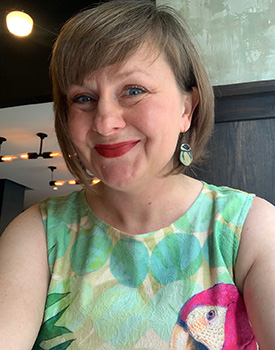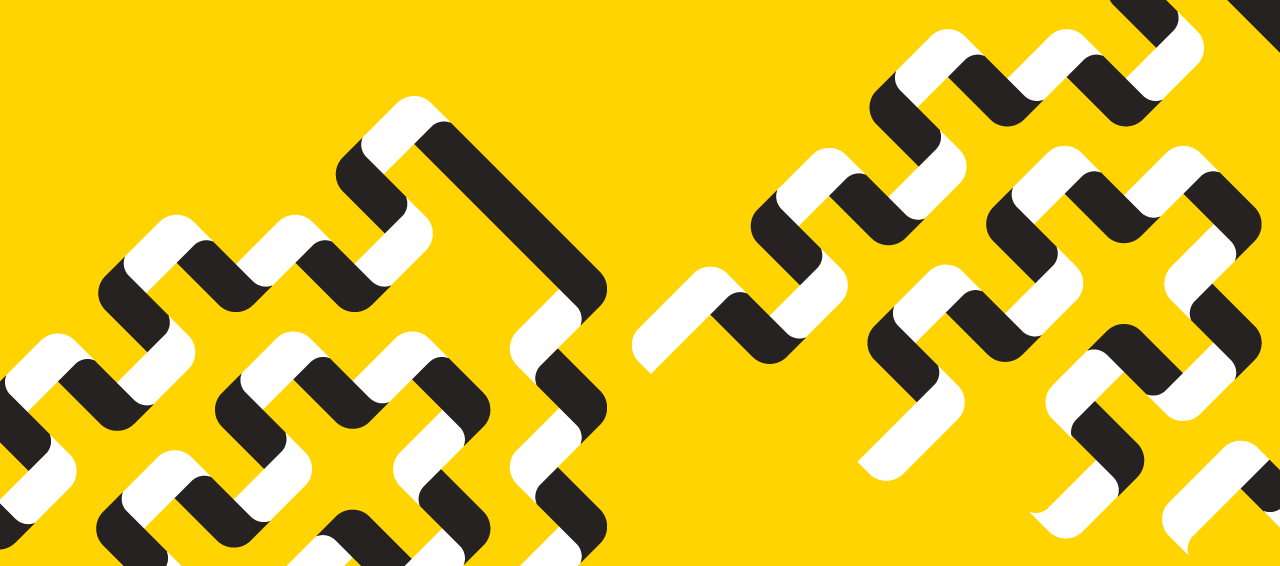In recent years we’ve heard more and more about deepfakes and disinformation — with growing concern from both academics and the public, particularly with advancements in generative artificial intelligence tools and their access. (See:).
The use of deepfakes goes back centuries though — long before the advent of computers.
This week, Dr. Eva Mroczek, the Simon and Riva Spatz Chair in Jewish Studies at Â鶹´«Ă˝, will trace the winding history of authenticity and forgery in how we discover, study and talk about biblical texts in her lecture titled
In advance of her lecture, taking place on Wednesday, February 26 in room 104 of the Weldon Law Building, we asked Dr. Mroczek about what we should expect from her lecture and why it’s timely to learn about today.
What is the allure of the ancient, physical object as something that people think offers proof of their beliefs, even if they don’t understand the text or symbols on the object?
 Sacred texts are more than their content — they are also revered objects. A physical Bible is a symbol of revelation and power for many religious communities, even for those who don’t know much about what it says.
Sacred texts are more than their content — they are also revered objects. A physical Bible is a symbol of revelation and power for many religious communities, even for those who don’t know much about what it says.
My work is on the Dead Sea Scrolls, the oldest manuscripts of the Hebrew Bible ever found. The authentic Scrolls are from the 3rd c. BCE to 1st c. CE, long after the events they describe — they reflect what people were writing during that later time, and can’t tell us whether biblical narratives are historical. For many Christians, the Scrolls represent a physical link with the time of Jesus. They also offer a rich picture of Jewish religious creativity.
But for most people, it’s not about what the texts say. It’s about what it feels like to be in the presence of the ancient religious past. Even tiny fragments sometimes called “Dead Sea cornflakes,” with barely a letter or two, are revered. That’s why there’s a market for fakes: forgers and dealers are selling a feeling.Â
How do scholars figure out and identify when an ancient artifact is fake?
Many people assume the key to discovering forgeries is to test them in a lab. But that’s not enough: modern forgers write on blank scraps of ancient leather and papyrus, so testing may not help.
Fake Scrolls and a papyrus that mentions Jesus’s wife were exposed by “low tech” methods. They’re what we teach in the humanities: close reading, recognizing patterns, and asking critical questions. Where did the texts come from? They had no provenance, i.e., no reliable account of where or how they were found: “mysterious origins” often suggest a cover-up. And most evidence from the ancient world is... boring: how unlikely for tiny scraps to just happen to contain explosive passages guaranteed to get us talking, like verses from Leviticus that condemn homosexuality, or the idea that Jesus was married.
Looking closely, scholars noticed that the writing was odd — for example, lines were not straight, but followed the torn edges of the fragments, or matched modern printed books that the forgers must have used as a guide. Without historians, language specialists, and journalists, we would still be duped.
How does this discovery impact people’s beliefs in those objects?
Some people – including scholars! – are still unwilling to concede that they have been fooled by an inexpert forger. It’s difficult to admit you were wrong. The recent forgery scandals will hopefully make scholars more vigilant about provenance — knowing exactly how, where, and by whom texts and artifacts were acquired. This is important for recognizing and preventing not only forgery, but also on looting, smuggling, and other ways cultural heritage laws continue to be broken in the name of scholarship and religion.Â
Without historians, language specialists, and journalists, we would still be duped.
Considering the news, images, content, etc. that are fake and generated through artificial intelligence and sharing disinformation via social media, is there still the threat of more forgeries of ancient or precious texts being created and shared (or sold)? Is there a threat that some of these forgeries could lead to further disinformation sharing in the present day that could impact some people’s beliefs?
There’s no doubt more forgeries will emerge — and scholars contribute to creating a market for fakes. The allure of new discovery is powerful. Scholars themselves have spread rumours about the possibility of ancient texts still somewhere out there waiting to be found — a Swiss vault! A mountain monastery! Smuggled by a sex worker across the Allenby bridge! We might as well invite forgers to supply these missing treasures.Â
My forthcoming book, Tales from the Cave: Losing and Finding the Biblical Past, discusses how the very idea of discovering a new text is a religious motif, part of how Jews and Christians have thought about the loss and recovery of ancient wisdom: we want there to be more out there. I’ll talk about that literary and religious motif in the lecture, too. But today, we have to be wary of surrounding ancient artifacts with an aura of mystery: in the literary sense, a “mystery” is a hidden crime, and often “mysterious” origins mean exactly that — they cover up smuggling, looting, cultural heritage theft, or forgery.Â
What do you hope people will learn from your lecture?
Technology and AI won’t save us from cynical ploys to exploit our beliefs and desires. What exposed the multi-million-dollar scam of the recent group of fake “Dead Sea Scrolls” were humanities scholars: why does this “discovery” seem too good to be true? Whom does it benefit? Why are some aspects “secret” or “mysterious” — what is being covered up? And how does our knowledge of past history, of other texts, of the work of scholars before us help us evaluate what’s in front of us?Â
These are questions we learn to ask when we study the humanities — history, languages, religious studies — and when we patiently pursue our questions wherever they lead us. It’s just another reason to fight for the study of languages, literature, and history: to protect our ability to tell the difference between truth and deception.

